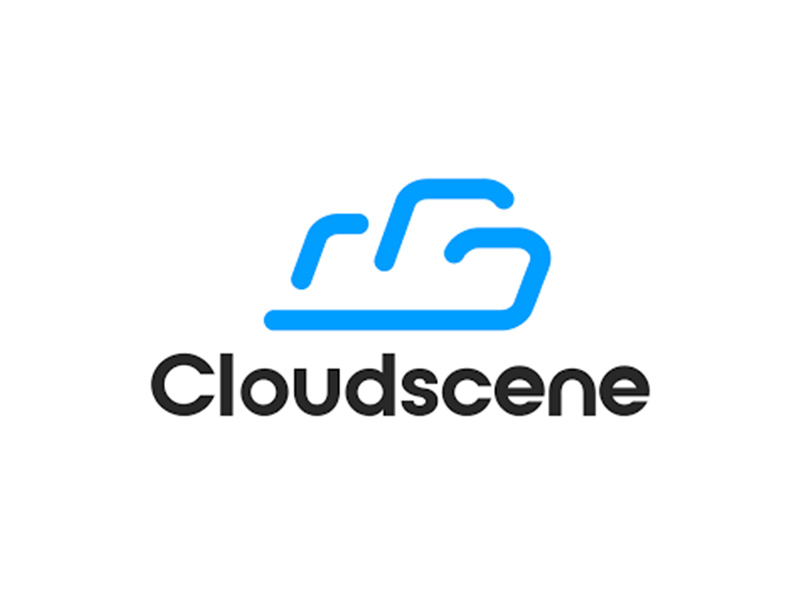If agile organisations are 70% more likely to be in the top quartile of organisational health, businesses must adapt quickly or they risk crumbling under the pressure of modern employee needs: flexibility, freedom, hybrid working, and a better work-life balance.
Leaders who have the agility to forge new paths, seize new technologies, build resilient teams and scale rapidly to adopt new ways of doing things are the ones who will thrive… no matter what comes around the next corner.
After consulting thousands of different leaders, we at Chesamel understand that the future of leadership lies in creating flexible and responsive teams. By doing so, you can unlock the full potential of your workforce, driving exceptional growth and productivity.
To help you understand how best to do this, we’ll explore the essential components of agile leadership and how to build an organisation that thrives on change and innovation.
The 5 Key Components of Modern Agile Leadership
1. Humility and Adaptability
Agile leaders recognise they don’t have all the answers and must be open to feedback and change. They view changing their minds based on new information as a strength rather than a weakness.
These traits enable leaders to solve the complexities of digital transformation effectively.
- Humility allows leaders to accept and act on feedback, fostering a culture of continuous improvement.
- Adaptability ensures that leaders can pivot strategies as needed to respond to new challenges and opportunities.
Example: Tech companies often adjust their strategies based on real-time data to stay ahead of market trends. For instance, when Netflix transitioned from DVD rentals to streaming, its leadership showed humility in acknowledging the changing market and adaptability in transforming the business model.
2. Visionary and Engaged
Visionary leaders maintain a clear long-term vision while staying engaged with both internal and external stakeholders. They are constantly seeking new insights and opportunities and are involved in guiding their teams toward achieving strategic goals.
Balancing long-term goals with immediate actions helps drive sustained innovation and growth. Engaged leaders inspire and motivate their teams, fostering a sense of purpose and commitment.
Example: Leaders at Google balance their long-term vision of technological innovation with immediate projects like developing AI tools and cloud services. This engagement ensures that the company remains at the forefront of the tech industry while working towards its long-term goals.
3. Informed Decision Making
Informed decision-making involves using data to make evidence-based decisions, ensuring that actions align with organisational goals. Agile leaders are comfortable using tech to gather and analyse team data, supporting their decisions with solid evidence.
Data-driven decisions are crucial for maintaining agility and responding swiftly to market changes. By leveraging data, leaders can minimise risks and make more accurate predictions about future trends and challenges.
Example: Financial firms often use real-time analytics to adjust investment strategies based on market data. This approach allows them to capitalise on emerging opportunities and mitigate potential risks effectively.
4. Empowerment and Autonomy
Agile leaders empower their teams by giving them the autonomy to make decisions and take ownership of their work. This approach fosters a culture of trust and innovation, where employees feel valued and motivated to contribute their best efforts.
Decentralised decision-making speeds up responses to market changes and enhances employee engagement. When teams are trusted to make decisions, they are more likely to innovate and find creative solutions to problems.
Example: Spotify’s use of autonomous squads allows teams to work independently on different parts of the product, enabling rapid development and innovation. This structure has been key to Spotify’s ability to stay agile in a competitive market.
5. Continuous Learning and Development
Encouraging a culture of continuous learning helps employees stay adaptable and innovative. Agile leaders promote lifelong learning by providing opportunities for professional development and fostering an environment where mistakes are seen as learning opportunities.
Lifelong learning ensures that employees are always equipped with the latest skills and knowledge to tackle new challenges. This approach helps organisations remain competitive and responsive to industry changes.
Example: Companies like Microsoft offer regular training sessions and workshops to keep their teams up-to-date with industry trends and technological advancements. This investment in continuous learning has been crucial to Microsoft’s success in the tech industry.
These key components of agile leadership are essential for building a resilient team structure that can thrive in the face of change and innovation. But even with those traits at your disposal, you still need to know how to build an agile team.

How to Build an Agile Team Structure
Creating an agile organisation is crucial for businesses aiming to adapt quickly and thrive in today’s dynamic environment. Here is our 5-step process we use to guide leaders through the process:
1. Establish Clear Roles and Responsibilities
Ensure every team member understands their specific role and responsibilities to avoid duplication of effort and improve collaboration. Make sure to assign clear accountability for tasks and outcomes to foster ownership and responsibility.
2. Form Cross-Functional Teams
Create teams composed of individuals with varied skills and expertise, and organise them around specific projects to streamline efforts and promote innovative problem-solving.
This is how Chesamel has been able to solve problems for teams at Google and eBay. We have helped them modify their human capital into a strategic advantage, achieving extraordinary success and sustained growth.
3. Implement Iterative Processes
Break work into smaller, manageable tasks with regular reviews and feedback sessions to ensure continuous improvement and flexibility. This allows leaders to adapt plans at speed based on new information and feedback.
4. Foster Open Communication
Encourage open and transparent communication across all levels of the organisation to align efforts and share information effectively. Make sure to utilise collaboration tools like Slack, Microsoft Teams, Donut, or regular stand-up meetings to maintain alignment and address issues promptly.
5. Promote Leadership at All Levels
Empower employees across the organisation to make decisions and take initiative, fostering a culture of trust, innovation, and confidence. To support this, leaders should provide leadership training and development opportunities to cultivate leadership skills across the organisation.
By following this process, leaders can build a structure that improves flexibility, fosters innovation, and drives sustained growth and productivity. Implementing these practices aims to help companies stay competitive and resilient in the face of continuous change.
Conclusion
Creating teams that thrive on change and drive exceptional growth and productivity is easier said than done. It’s evident that it requires a certain type of leader. A leader who can foster things like humility, adaptability, informed decision-making, and continuous learning. Those who can instil across an agile team will be able to scale far more rapidly and adopt new ways of doing things far more easily than those who cannot.
At Chesamel, we specialise in helping organisations unlock the full potential of their workforce through tailored People & Performance services. We take the time to truly understand your organisational culture and challenges, bringing together a team of experts to develop innovative strategies for talent management, leadership development, and performance optimisation.
Our approach ensures that your employees are engaged, motivated, and equipped with the skills needed to excel. Get in touch today to learn more about how Chesamel’s People & Performance services can help your business stay competitive and resilient.












